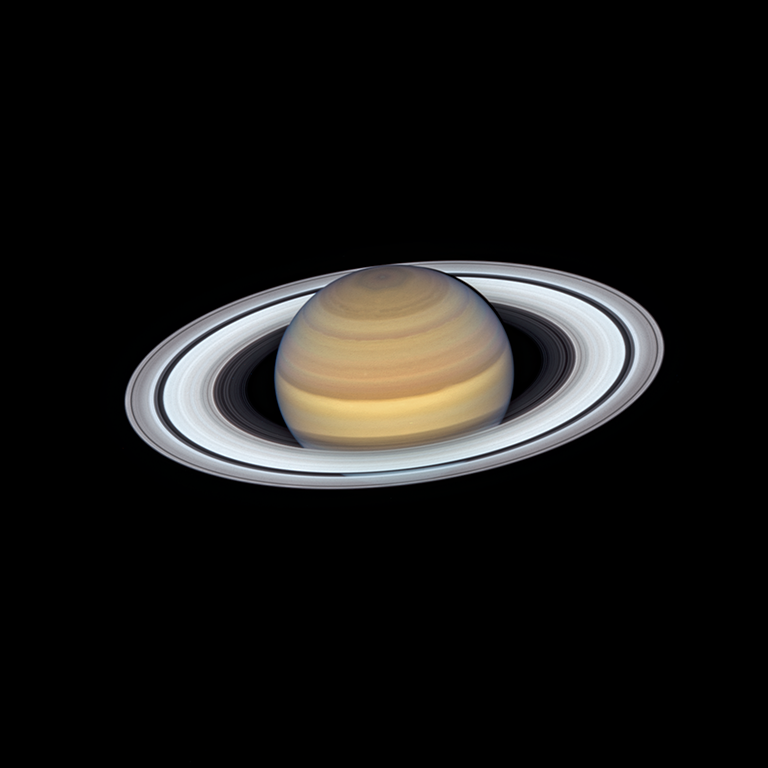Bloomington, Ind. - This January is an exciting month for planet-watchers. Lined up across the sky, from east to west are Mars, Jupiter, Saturn, and Venus.
Venus will be high in the western sky in the evening, and will be very bright. Saturn will be the fainter, yellowish object just east of Venus, and a bit higher in the sky. Saturn and Venus will be closest on Jan. 18 but will drift further apart as the month progresses.
Mars will rise in the east around sunset and will be quite bright. The Red Planet will be directly opposite the Sun on January 16, but closest to Earth on Jan.12, due to the elliptical shapes of the planets’ orbits. This month, Mars appears the brightest it will be in 2025 because of its proximity – just 59 million miles from Earth.
Jupiter will be high in the sky near Aldebaran, above Orion.
January is also time for a planetary alignment, with six planets up in the sky at once. Venus, Mars, Jupiter, and Saturn can be seen by eye, but Uranus and Neptune will be too faint to see. Only little Mercury will be missing, setting in the west before sunset. Mercury will rise in the east before the sun the next morning, but will be hard to see in the dawn sky.
Full Moon in January falls on the 14th, and New Moon will fall on Jan. 29.


 The College of Arts
The College of Arts